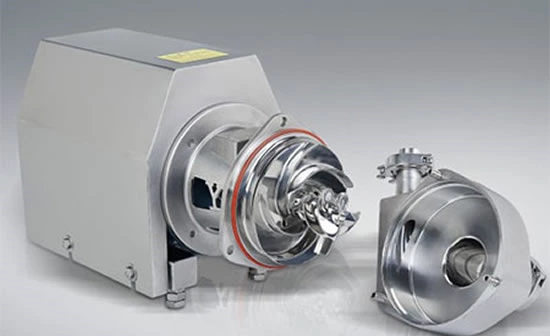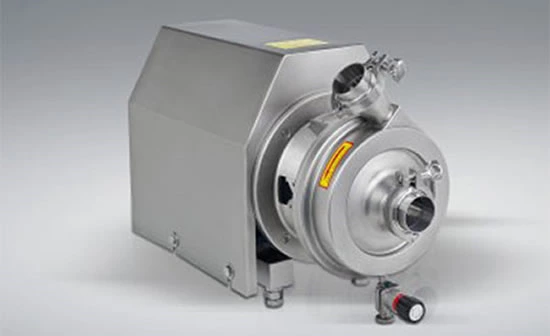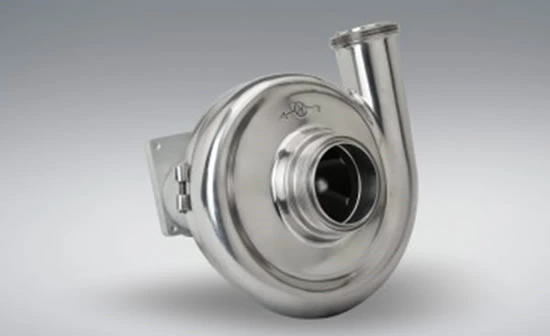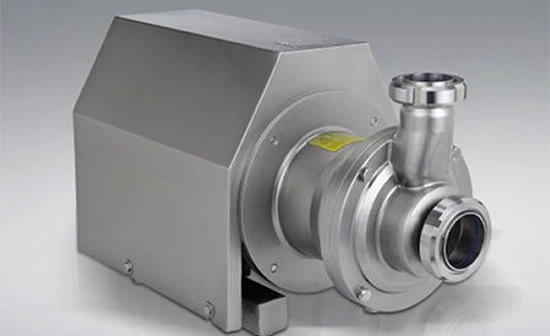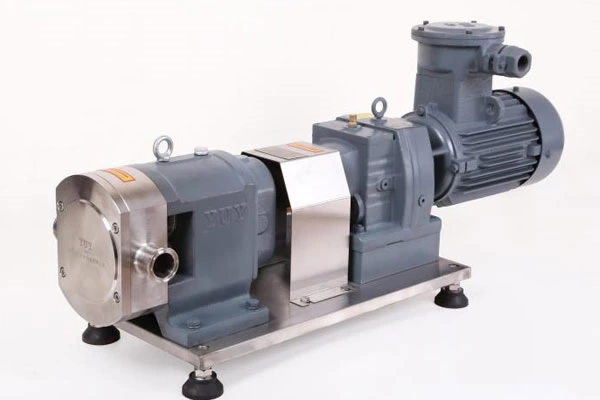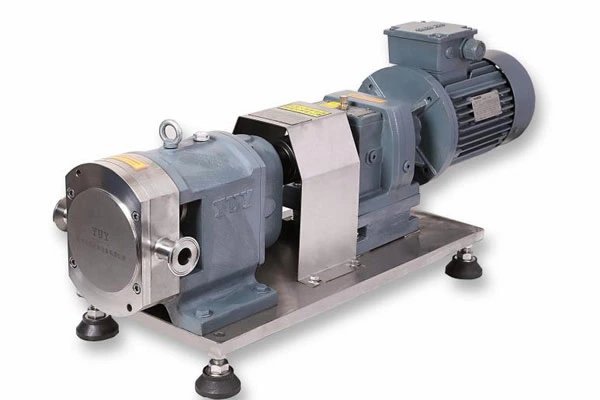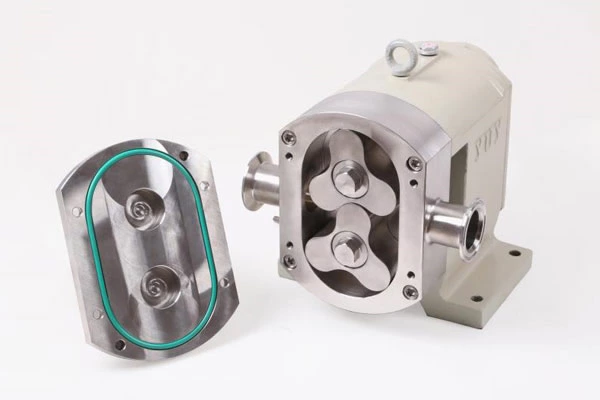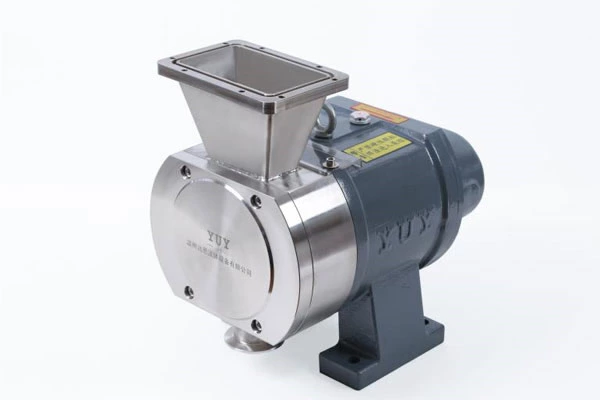Safe operation of slow closing check valve and centrifugal pump
The pump is the core device of the fluid industry. Its function is like the heart of the human body. It provides power for the fluid in each device in the system to ensure the normal operation of the process. Commonly used pumps are classified into vane pumps, positive displacement pumps, and special purpose pumps. Among them, the sanitary pump in the vane pump is the most widely used. There are two problems that need to be avoided during the operation of
sanitary pumps : water hammer when the pump is stopped and the minimum flow rate is lower. There are many ways to solve these two types of problems, but the basic idea is how to configure a suitable system around the sanitary negative pressure pump . Valves play a very important role in these systems, and with the deepening of understanding of these two types of problems, many special valves have been born.
Pump stop water hammer protection and valve
Water hammer is a series of rapid pressure alternating rise and fall water hammer phenomenon caused by the drastic change of the medium flow rate in the pressure pipeline. Water hammer is very harmful and can destroy pumps, pipelines and other equipment. There are many reasons for water hammer in pressure pipelines, such as rapid closing of valves and abnormal pump stoppages.
The mechanism of water hammer
when the pump is stopped. When the pump suddenly stops working due to abnormal reasons, such as power failure: In the initial stage, the medium in the pipeline continues to advance by inertia, but the speed gradually decreases to zero; at this time, if there is a height difference in the pipeline layout , The medium will flow back to the pump under the action of gravity; when the back flow medium reaches a certain speed, the check valve at the pump outlet will be closed quickly, so that the speed of the large amount of medium arriving here suddenly becomes zero, causing the medium here The pressure rises sharply-water hammer occurs when the pump is stopped. A large number of documents point out that the main cause of the water hammer when the pump is stopped is the sudden closing of the check valve at the outlet of the water pump. However, studies have shown that although the check valve at the pump outlet can be eliminated in some cases, in most cases, in order to prevent a large amount of medium from flowing back into the centrifugal pump, the anti-backflow setting at the pump outlet is necessary.
Measures to
avoid pump stop water hammer There are many measures to avoid the hazard of pump stop water hammer, such as installing water hammer eliminators, pressure relief valves, pressure regulating tanks, etc. The following only introduces two measures related to general valves with more applications.
1. Set up a slow-closing check valve
Slow closing check valve is a check valve that realizes slow closing by adding actuators and dampers. The picture above is a simplified diagram of a centrifugal pump water hammer protection system with a slow-closing check valve installed. At this time, the slow-closing check valve needs to be used with a gate valve (on-off valve). When the medium flows back under the action of gravity, the check valve is slowly closed, effectively avoiding the water hammer caused by the sudden closing of the ordinary check valve. The disadvantage is that due to the slow closing speed, a part of the medium inevitably flows back into the centrifugal pump, and the pump may have mechanical failures.
2. Set the slow-closing check butterfly valve.
This is a method that is widely used in large-scale water conservancy systems and has a better effect. The slow-closing check butterfly valve consists of a butterfly valve, an executive structure and a hydraulic control system. The picture above is a simplified diagram of the water hammer protection system for centrifugal pumps with slow closing check butterfly valves. The system only needs to install a slow-closing check butterfly valve, which can play the role of a check valve and an on-off valve. When the centrifugal pump is turned on, it is turned on in a slow first and then fast step to ensure that the pump is turned on under low load; when the pump suddenly stops working, it is turned off in a fast first and then slow step to avoid water hammer. Avoid excessive medium flowing back through the pump, causing mechanical failure of the pump.
Avoid minimum flow conditions and valves The
minimum flow refers to the flow that guarantees the normal operation of the pump. If the pump works below the minimum flow rate, it will cause noise and vibration, the performance of the pump will become unstable, and even cause abnormal cavitation of the pump, reducing the service life of the pump. Therefore, measures must be taken to prevent the centrifugal pump from working under the minimum flow condition. The current common practice is to feed the centrifugal pump with a minimum flow loop. But in terms of the value of the pump itself, it is only reasonable to set the minimum flow loop for those centrifugal pumps with large flow, high head and high power. The minimum flow value allowed by the centrifugal pump is determined by the pump manufacturer's calculation or experiment.
The simplest minimum flow circuit only requires an on-off valve, such as a gate valve, to be installed in the circuit. When it is considered that the pump is about to be in the minimum flow condition, the valve is opened and the minimum flow circuit is connected to avoid the pump working under the minimum flow condition.
Summary
The basic structure of the valves introduced above is no different from general valves, but because of the corresponding improvements according to the application conditions, these valves become special valves to solve these two types of problems.



